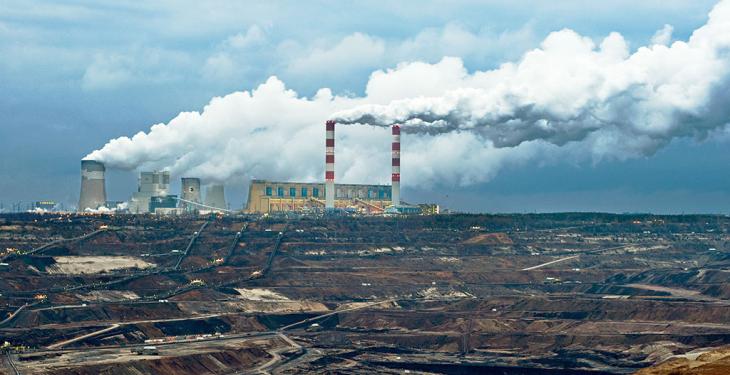Last July, U.S. President Donald Trump stood beside his Polish counterpart, Andrzej Duda, in Warsaw and promised to help wean the nation off Russian energy imports.
He offered U.S. fuel as an alternative, “so that you can never be held hostage to a single supplier.”
Trump was tapping into longstanding European concerns about Russia’s ability to shut off natural gas supplies – which it has done in past pricing disputes. U.S. lawmakers say Russia’s influence over energy has proven effective in silencing critics of its human rights abuses, annexation of Crimea, and incursion into eastern Ukraine, an assertion the Kremlin has denied.
Six months after Trump’s trip, Poland has contracted for imports of U.S. liquefied natural gas (LNG), crude oil, and coal, and announced it will not renew a gas supply deal with Russia’s state-owned Gazprom when it expires in 2022 – halting an exclusive and troubled relationship dating to 1944, according to Reuters.
The episode exemplifies a key goal of Trump’s “energy dominance” agenda – using rising energy exports to bolster Washington’s geopolitical influence.
The policy also seeks to boost domestic production through rollbacks of environmental regulations and expanded energy leasing in federal territories, but those efforts have so far had little impact.
Trump nonetheless inherited a booming oil and gas industry that has given his administration more international clout in energy markets than any White House has enjoyed in decades.
U.S. oil output has risen to more than 10 million barrels per day for the first time since 1970 thanks to improved drilling technology that dates back years. Natural gas output has also soared, making America the world’s top producer of the fuel.
